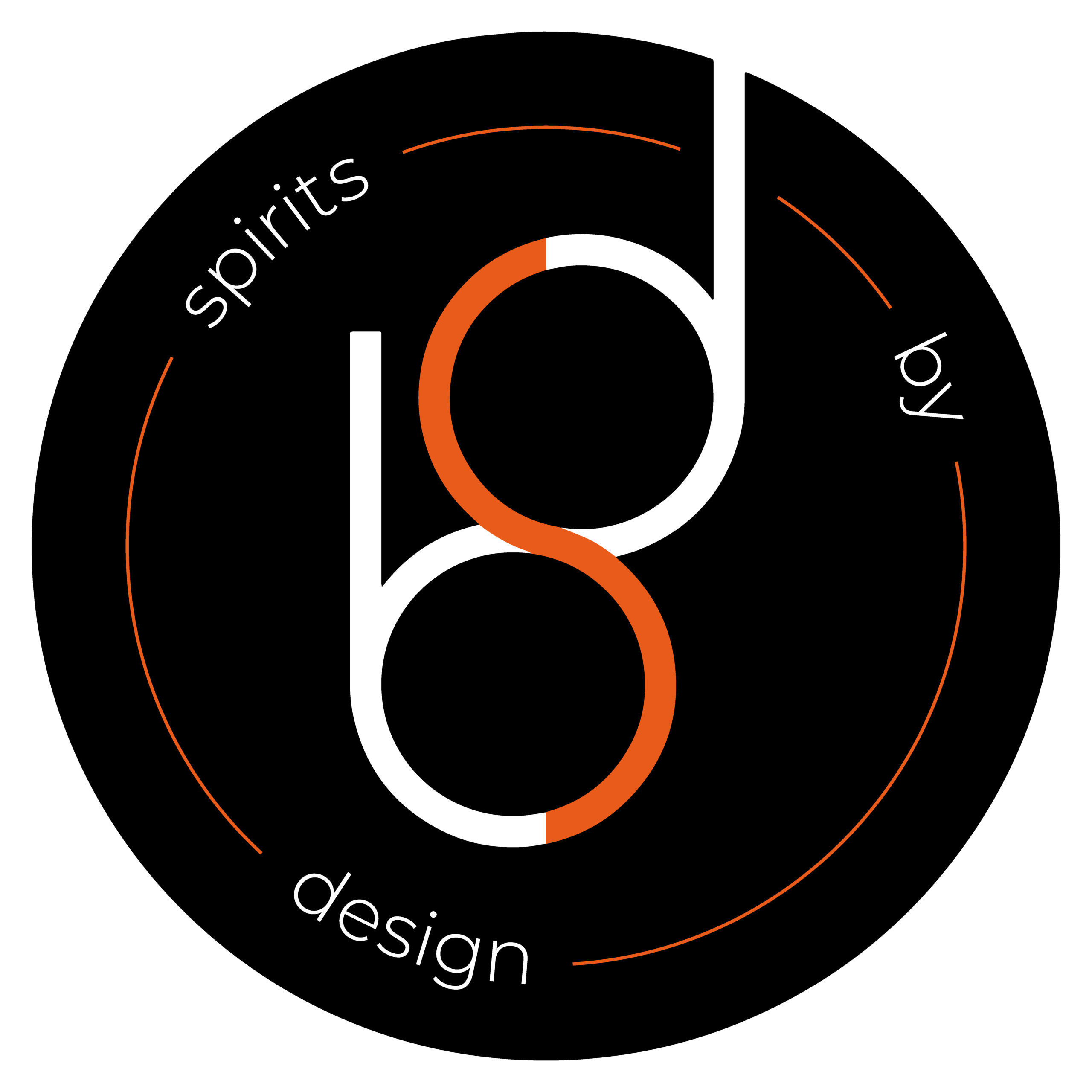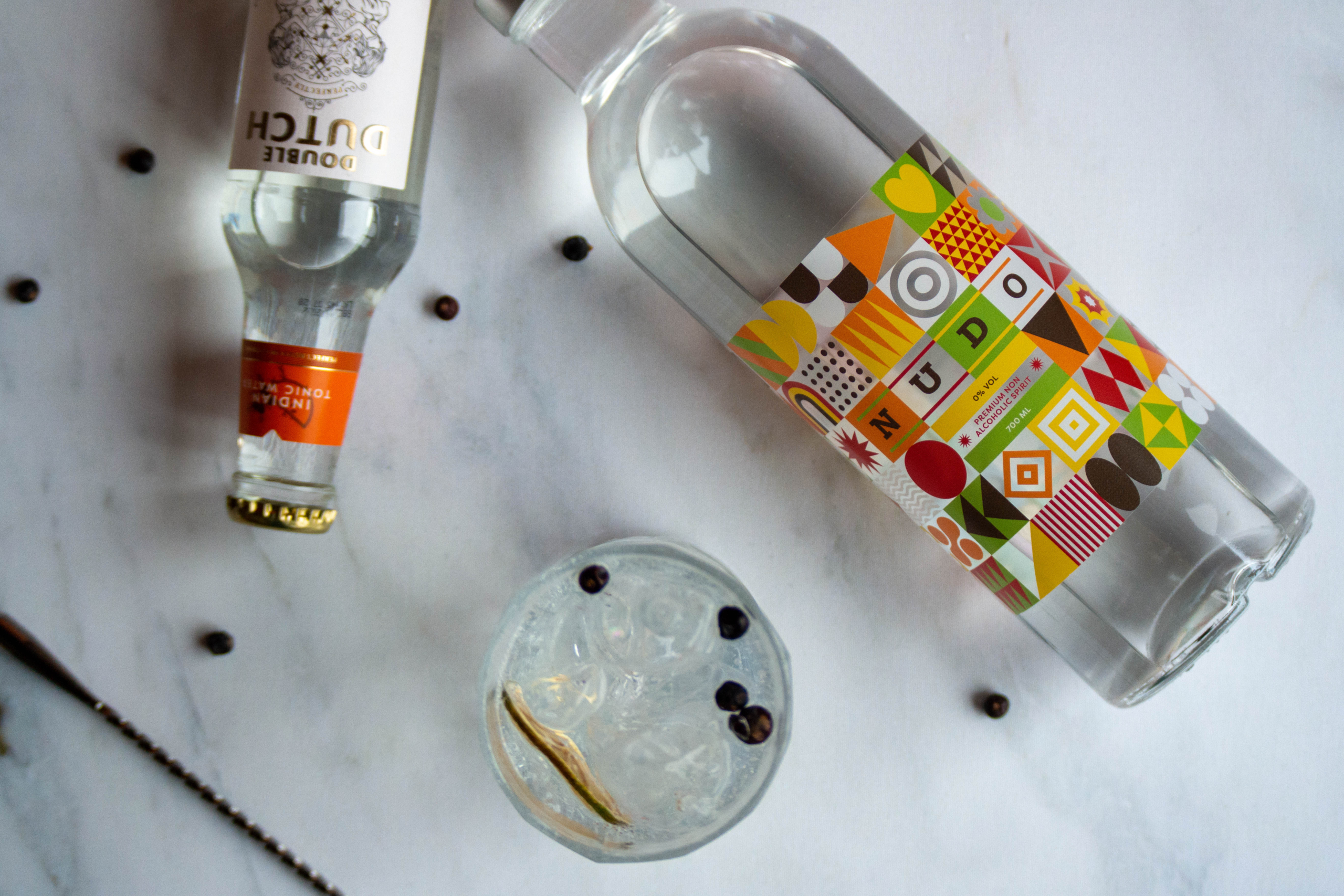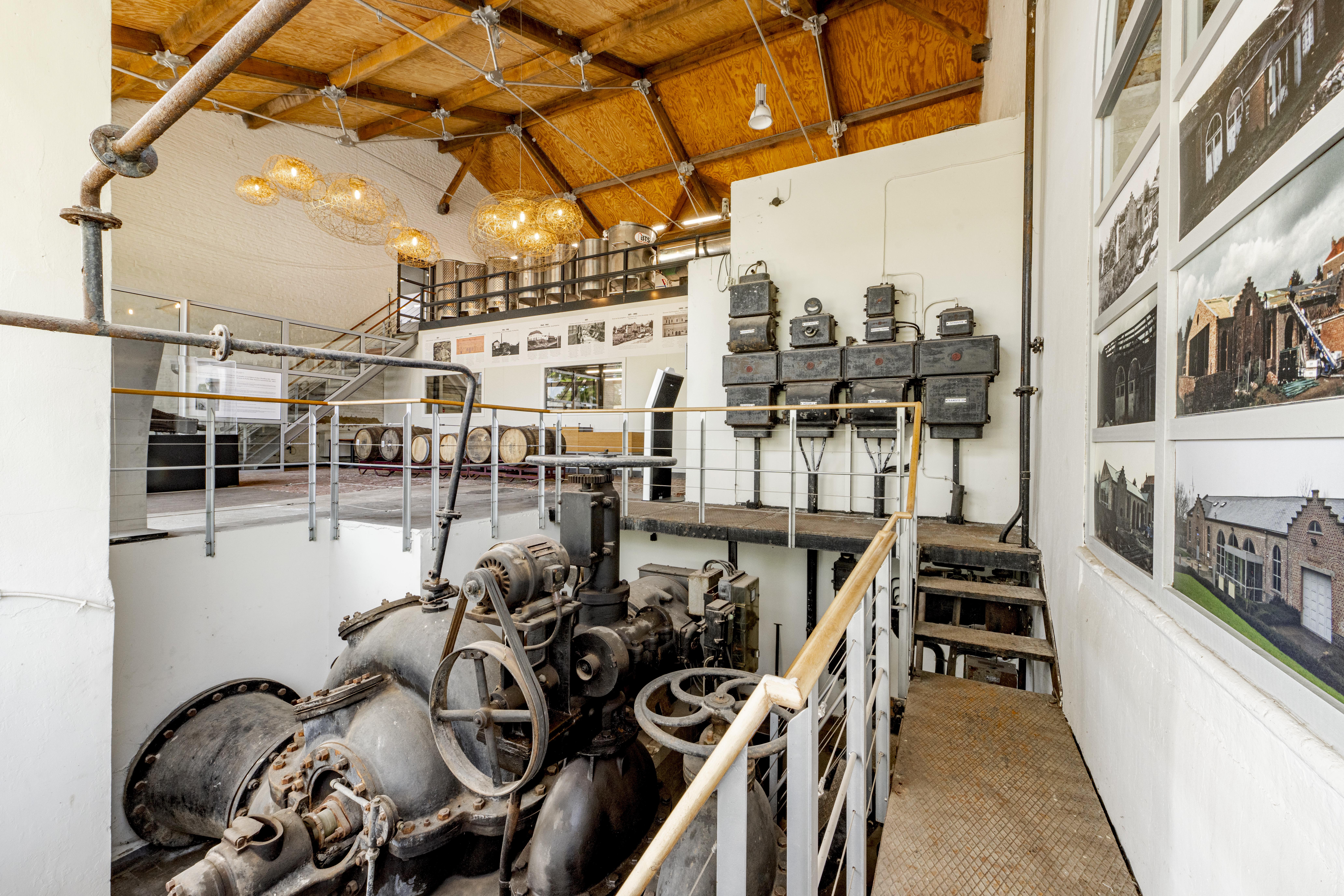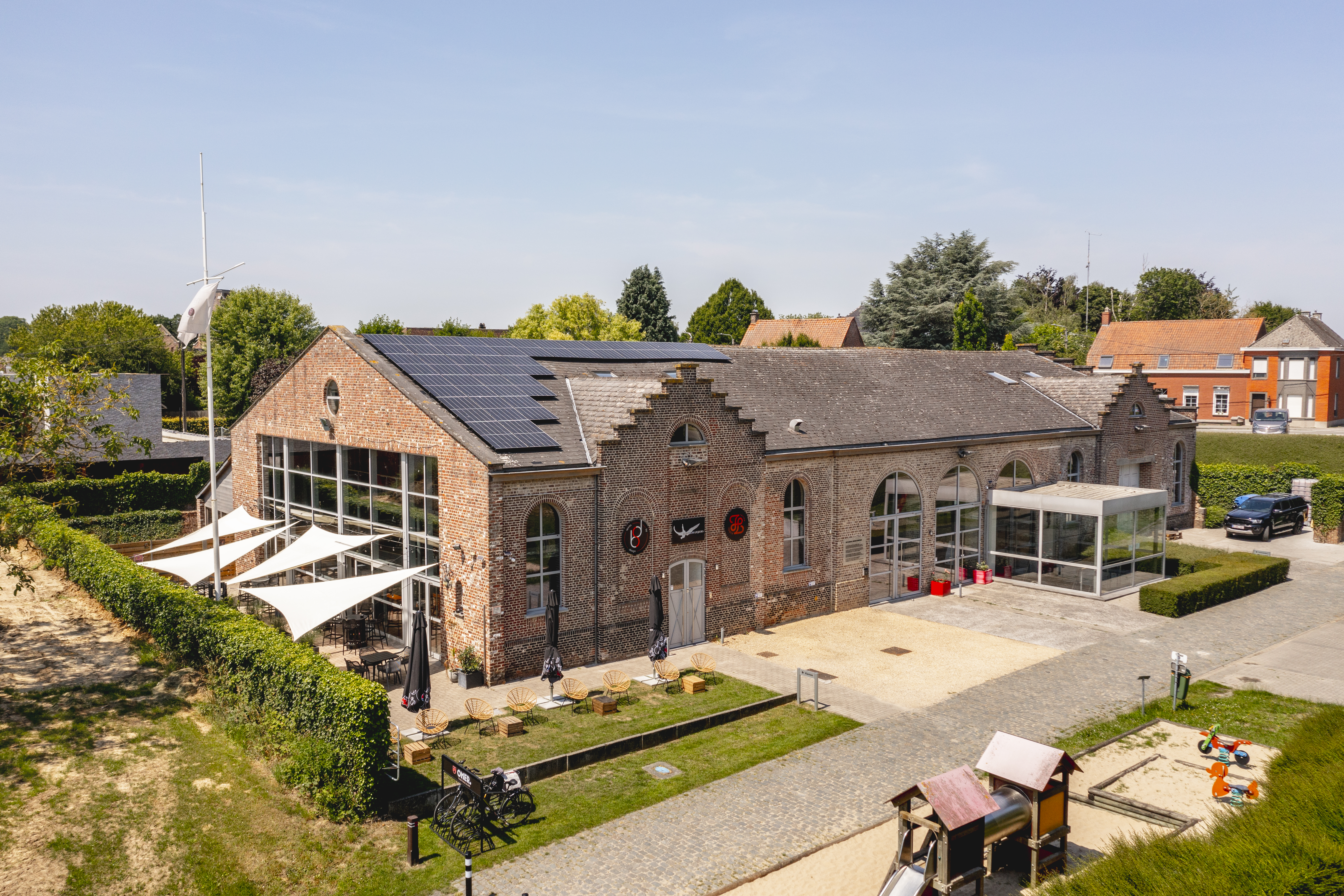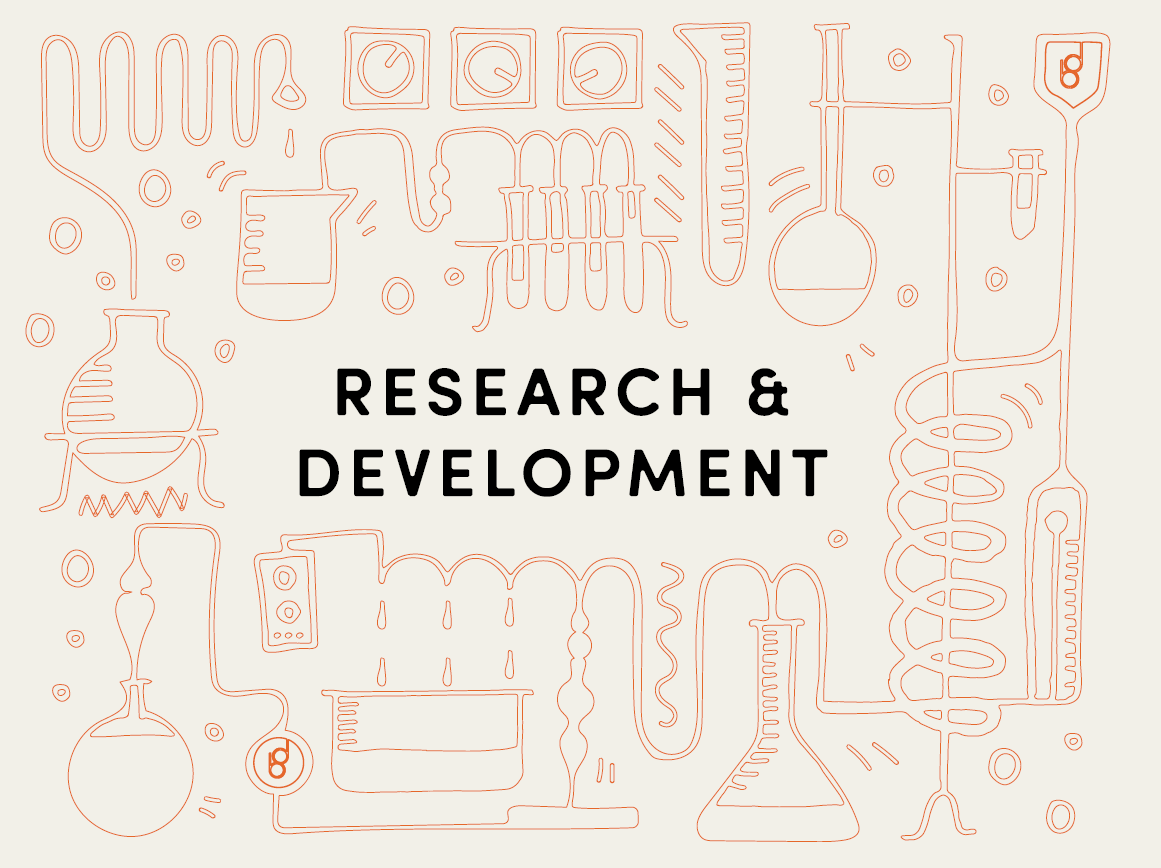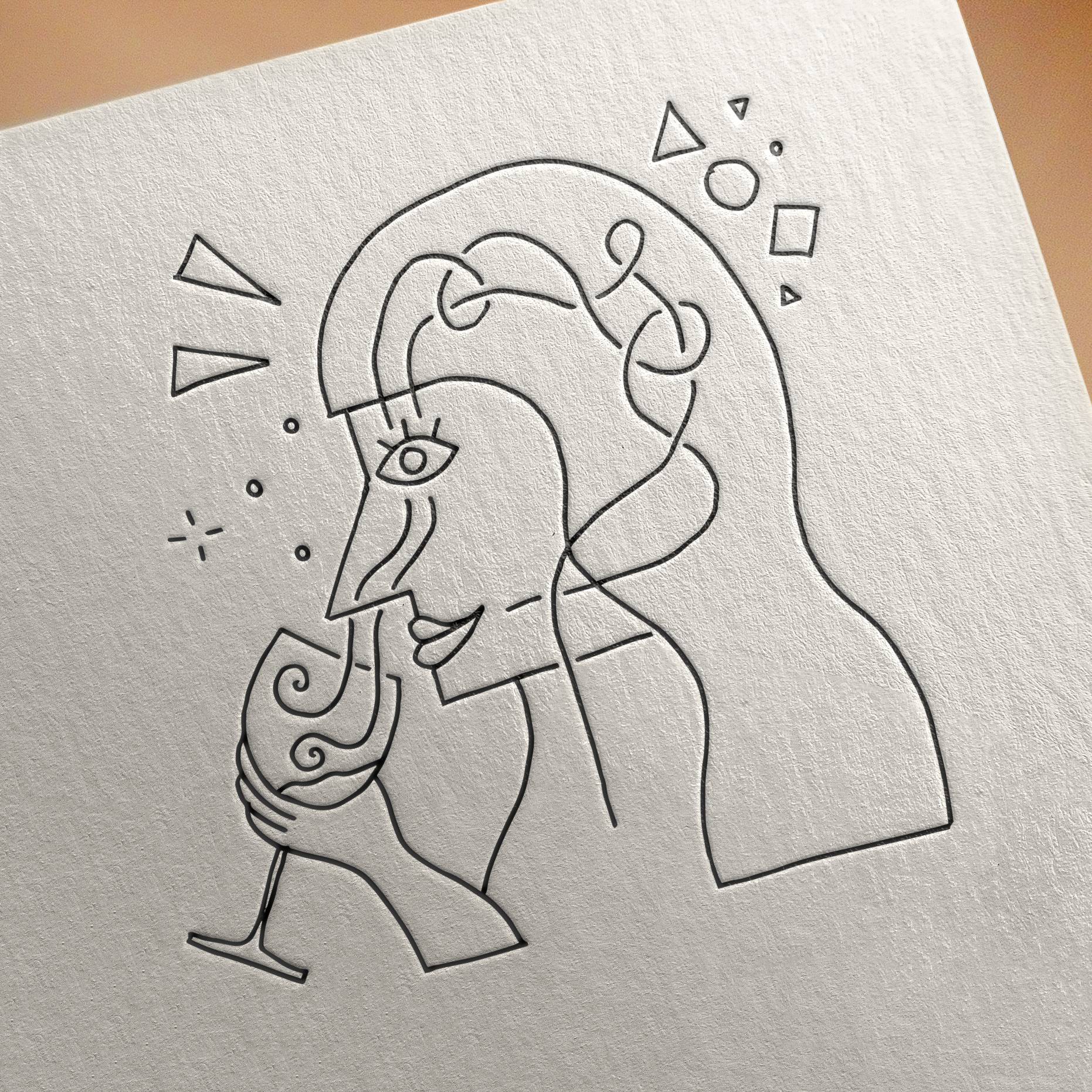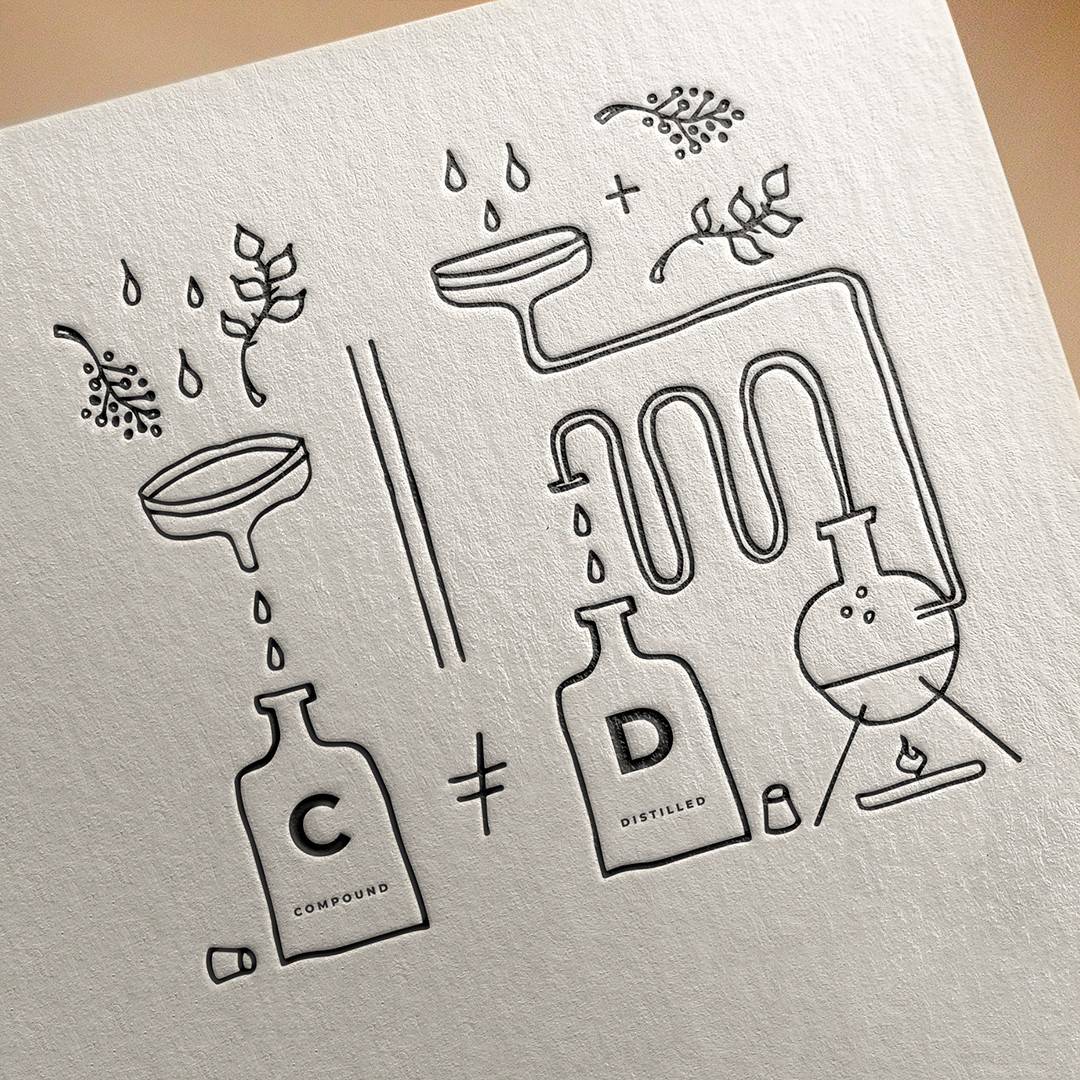Technical inside information on development of non alcoholic mixers.
Whether you are a producer or a consumer, you have noticed that the range of low and non alcoholic spirits has been growing rapidly in the past year.
With Seedlip being the first company in this new segment to launch in 2015 a lot of companies followed in the next 4 years. In Belgium we encountered a fall back during the Covid19 period. I’m not 100% sure, but I think the consumers did fall back on enjoying an alcoholic drink again during the numerous lockdowns. If you don’t have to drive, you can have a drink?
Since the beginning of 2022 we saw the sales numbers going up again. Besides the new style NA drinks, a lot of traditional non alcoholic spirits alternatives came to market. In my opinion the potential is in this range. Consumers are not bartenders and the use of the mixer needs to be clear and easy. For that reason also some mocktail brands have a lot of success: pour it and drink it.
On the technical side there are quite some difficulties. When I started developing NA mixers back in 2017, I could fall back on a long experience and expertise in producing high quality, balanced spirits. I’m an educated Sommelier Conseil (University of Wine Suze-la-Rousse) and my passion has always been finding the perfect mix of ingredients and adapting the production methods with the final product in mind.
But then… I wanted to take the alcohol out. I tried a lot of dealcoholizing methods: (vacuum) distillation, RO filtering, … None of the results could please my high standards or I wasn’t able to take all the alcohol out. This brings me to a question mark I have about the Belgian laws for alcohol free drinks. In Belgium it’s ok to state a drink is alcohol free if it contains less than 0.5% ABV. I’m not going to dig deeper into this, because if I would let my frustrations about how Belgium works take the upper hand, this would be a book instead of an article.
Back to the production of NA mixers. After months of testing I succeeded in getting the flavor right. I didn’t make it easy on myself because of what I told at the beginning: it needs to be easy to use/mix. Consumers already know for example how to mix a gin and tonic at a ratio of 1/3 or 1/4, so why try to change the habits with a less intense mixer that they all of a sudden have to use in a 1/2 ratio.
Alcohol is volatile and it kind of pushes the aromas in your nose and the warmth of the mouth lift the ingredients when you drink it. Water as a base doesn’t have these characteristics.
Some technical info to explain the difficulty to have an intense but transparent water based product. Taste and aroma is all about etheric oils and the buffer capacity of the base liquid determines how much etheric oil can be dissolved. I won’t get into detail this time about the way water and etheric oils binds with each other, but remind that the amount of oil you need in a water based mixer is a lot higher than in alcoholic spirits.
I developed a production method to keep the intensity, but also the transparency. I’m not fooling myself it took blood, sweat and tears, but it definitely caused headaches and was very time consuming.
Do you want to know more about producing your own nonalcoholic spirits and maybe decide to have a production partner (blog: Reasons to work with a production partner)?
Drop me a line, make a videocall appointment or visit our distillery.
